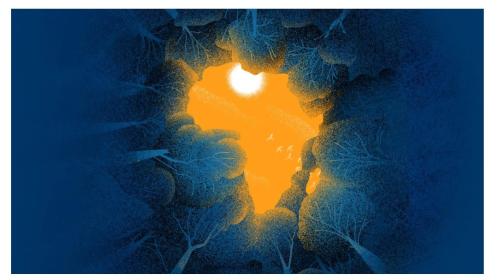Introduction
So much has changed in Russia since the fall of the Soviet Union that it is easy to overlook some things that have not changed. One of the most significant of these constants is the continued importance of an intelligence elite that has existed within the Russian state for nearly 200 years, both as a corporate body and, more importantly, as a current of thought endowed with a distinctive identity and self-assured sense of national mission. This elite calls itself “the Higher Police” and, as things have turned out, it is largely in charge in today’s Russia.
As it happens, the historical continuity of this elite can be traced, its self-conception can be charted, and its impact on the actions of the Russian state, yesterday as well as today, can be assessed. Such tasks are critical to understanding contemporary Russia and Russian foreign policy. It is to such labors, at least in their preliminary stage, that this essay is directed.
Grafting the Roots
IN 1997, the FSB (Federal’naya Sluzbba Bezopasnosti, or Federal Security Service), the contemporary incarnation of the Russian intelligence service–most popularly known as the KGB–convened the first in a series of annual seminars on the history of the intelligence craft and intelligence organizations in Russia. Dubbed the “Historical Lectures at the Lubyanka”– since they were held at the old headquarters of the KGB–the seminars took place under the auspices of the Andropov Institute. In-house KGB historians and invited outside academics gave presentations on such subjects as “The Founding of the Cheka: A New View”, “On the Intelligence Activity of the Russian Ministry of Foreign Affairs at the Beginning of the 20th Century”, and “The Department of Police and Secret Agents (1902-1917).” Remarkably, KGB historians have been focusing on pre-1917 intelligence work and organizations. While they do not ignore entirely 80 years of Soviet intelligence history–that of the Cheka, the GPU, the NKVD, and the KGB-their focus points to a continuous corporate identity harking back to pre-revolutionary predecessor organizations that defined themselves as a “Higher Police” transcending ideology itself.
The history of the Higher Police dates back to the early 19th century. After the Decembrist putsch of 1825 failed to overthrow the newly enthroned Nicholas I, the Czar established a new organization that soon “became the most powerful force in the country”, the Third Section of His Majesty’s Own Chancellery. Designed not merely as a command center for repression of subversive machinations, it was also tasked with “the study of Russia’s condition.” Gathering the best and the brightest of the nobility, its brief was virtually unlimited. It was subordinate to the monarch alone. Such was the vysshaya politsiya, or, in the French preferred by the aristocracy of the time, la haute police. Its chief was General Count Alexander Khristoforovich Benckendorff (1783-1844), a soldier who rose from the ranks of the Baltic-German nobility that had provided so many of the Czars’ servants.
View the entire article >> (Subscription required)



Commentary
The Higher Police: Vladimir Putin and His Predecessors
April 1, 2002